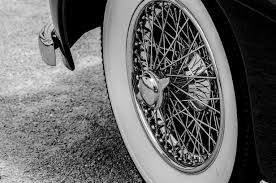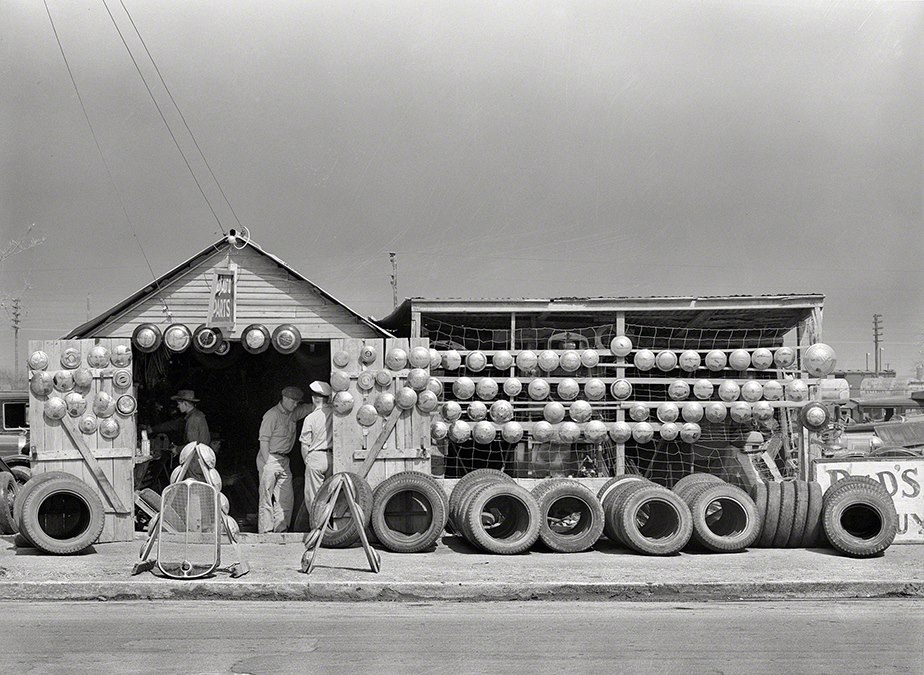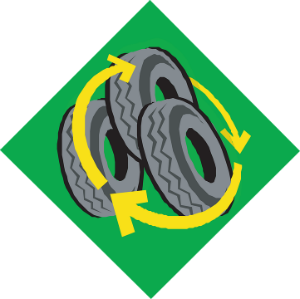Posted on 8/3/2017

With all the tires you encounter every day, it is easy to forget their humble beginning and just how far they have come since the early days of automotive development. Follow along as we recap the incredible evolution that has taken us from simple rubber rings to the products we see today. The tire had rather humble beginnings. In the late 1800's the invention of the automobile necessitated something for them to roll on. Until then, wheels were rolling around on hard wooden rims or metal bands. In 1888 Carl Benz, one of the famous fathers of Mercedes Benz, invented a new type of tire to match his new type of conveyance, the automobile. It was a metal framed tire, covered with rubber and filled with air. This was the birth of the pneumatic or air filled tire and it revolutionized the world. Carl Benz' tire had air but it didn't have any tread. It wasn't until 1905 that tread was added to the tire's surface to help it handle the wet, muddy road surfaces typical of t ... read more
Posted on 7/28/2016

The tire is such a commonplace item -- it's on every car, every truck, every bicycle, every aircraft. It's easy to not give the tire a second thought, but like every other technology, the tire has an interesting history of advances and failures. In the 19th century, carriages and wagons used steel strips for "tires" on their wheels, with the punishing sort of ride that you'd expect. In later years, they were shod with strips of natural rubber, which was an improvement but was still problematic. Solid rubber still rode pretty rough, and the natural, uncured rubber would get gummy in hot weather and shrink and harden in cold temperatures. Charles Goodyear was able to help with the invention of vulcanized rubber, but the modern tire was still several years off. By the 1880s, the bicycle was becoming much more popular, and in 1888 Scottish engineer John Dunlop was watching his son struggle with the bone-shaking ride of his tricycle. He then devised the first-ever air-filled ... read more
Posted on 5/12/2016

When it comes to your car, oil isn't the only thing there's a finite supply of. Rubber has its limits too, and it's estimated by 2020, the supply of natural rubber in the world may be outstripped by demand. And of course, tires require a great deal of oil to produce as well. Tire manufacturers are constantly looking for ways to innovate and conserve resources in tire production. Here are some recent advances: Dandelions: Yes, those humble yellow flowers you try to eliminate from your yard. Dandelions actually contain a minute amount of latex in their milky oil, and research shows they can actually produce about as much latex, pound-for-pound, as rubber plants. German scientists have cultivated 1-foot-tall dandelions for just this purpose. This isn't a new development, either -- in WWII, American companies were growing and cultivating Russian dandelions to cope with rubber scarcities due to wartime conditions. Silica: Tires are a complex blend of many different ingredients. Tires requir ... read more